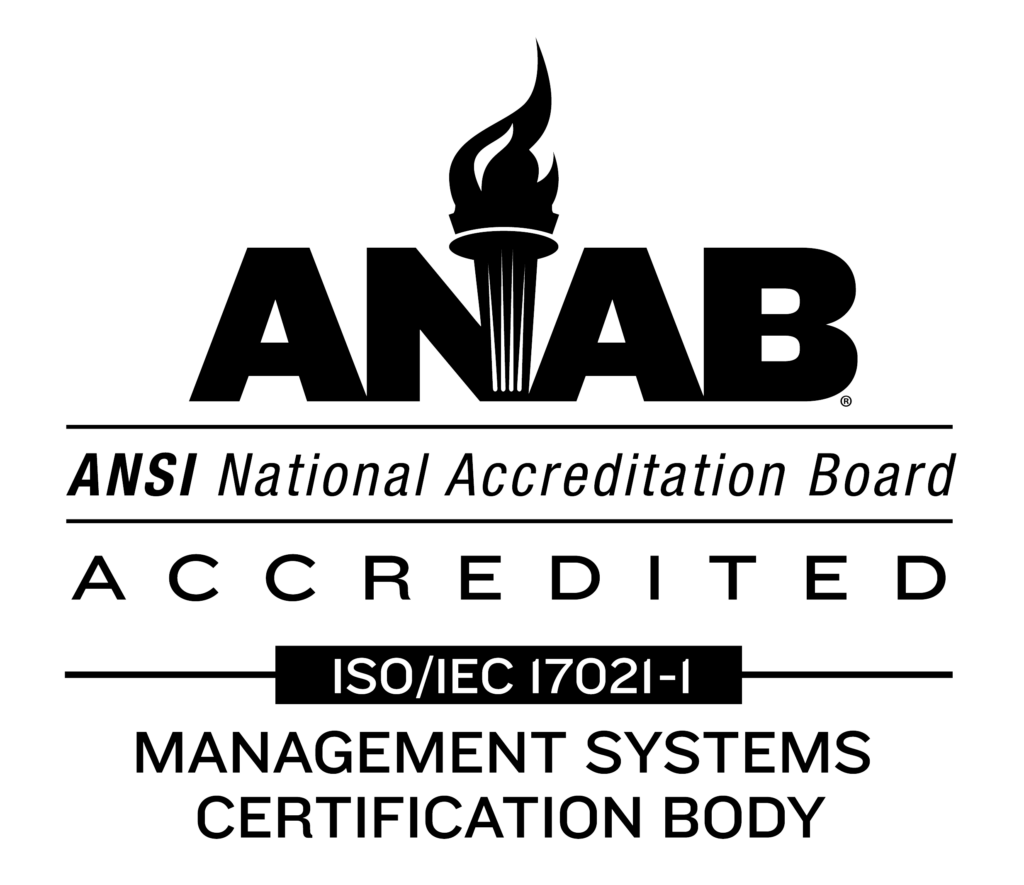Production demands of the 21st-Century change at an extraordinary pace. Industrial markets, such as energy and oil & gas face challenges going forward, including the reliable monitoring of assets in the field, dealing with 24×7 production demands, and managing high costs in terms of both time and resources to manage assets in remote locations. These market forces have naturally led to the emergence of the industrial internet of things (IIoT) and wireless communications technology.
If you’re an operator in the field, you’re well aware that wireless IoT technology is changing the level of safety, efficiency and monitoring available on the rigs. Let’s take a moment and look closer at how these changes are impacting the digital oil field of today. Why? The consequences of incidents, such as natural gas pipeline explosions, have contributed to the demand for more safety and monitoring regulations along pipelines. California for example, saw tightened state regulations as a result of the San Bruno disaster, which included more stringent requirements for pipeline monitoring. Across industries such as oil and gas, there are certainly areas with the presence of hazardous gasses and therefore potentially dangerous environments.
Safety First
Taking a closer look at safety on an oil field, we realize just how dangerous it can be for people to be on or even near a production site. Advancements in IoT are now more important than ever because they allow more oil and gas companies to enable a digital work environment – not just from an operational perspective, but from a worker health and safety point of view. Safety concerns to be addressed are the elimination of manually painstaking tasks related to checking on-site sensor data or heavy machinery that resides in potentially hazardous environments – for example where explosive gases are present. Safety is now being increased by taking away the pen and pad from the technician and automating wireless remote monitoring capabilities to enter readings, pressures, temperature and other production monitoring values from miles away. Because of this evolution, many technicians have updated their skills in order to provide value in a digital age and the skills gap here is also an emerging issue for energy producers to keep in mind.
Jens Norgaard, SafeEx Business Development Director reports that, “There is no doubt that the younger generation…are running around with high tech equipment…and it’s much more sexy using an electronic tool than using pen and paper. Most technicians have taken a technical education because they want to use their hands and are not always very keen on doing administrative work. So if you can reduce the amount of that it will become much more attractive for younger people to do it.”
Highly Efficient and Operational
The hope with any advancement in technology is that our world will be able to run and function more smoothly. According to LR Energy’s annual 2015-2016 Oil & Gas Technology Radar survey of global oil and gas executives, “the top driver of innovation investment is operational efficiency.” As wireless IoT solutions continue to infiltrate the oil rigs and pads of today, it is only natural to question the operational and efficiency state of things. Over the next decade technological implementations are expected take more people off the drill floor and into the office allowing companies to fill the knowledge gap with remote drill sites, thus paving the way for more automated oil fields. Pierre Sames, DNV GL director of research and innovation in Norway suggests that, “These technologies will help the industry to be more cost efficient in operations, which is very much needed due to the current oil price crisis.”
Keeping Production High with High-Tech
Whether you are working with an offshore or onshore rig, the ability to seamlessly monitor and control the operations of a oil rig or well pad automatically from an office location is a key component of IoT and an evolution of the digital oilfield. Natural Gas Intel (NGI) informs us that, “One of the most anticipated technologies, automated drilling in the offshore and onshore, could reduce drilling times and costs by up to one-third versus conventional drilling rigs, ensuring more wells are economically feasible, able to hit smaller targets and generating more infill production.”
It seems apparent that we are on the midst of an industrial revolution where blended technology ecosystems are going to be the core of what makes modern energy producers competitive. Just think of the combination that Voice, Video, Sensors and Data can have if applied together in a holistic fashion. “Expectations of fully automated drilling operations, autonomous pipeline inspections and the expanded use of natural gas to fuel trucks and railways are likely to be at the forefront by 2025,” industry consultant DNV GL said last month (see Daily GPI, April 6). By 2025, the energy industry will become increasingly “automated, digital and smarter,” according to DNV’s Technology Outlook 2025.
What’s next for the oil and gas industry?
Join us this week at the 91st International School of Hydrocarbon Measurements(ISHM) conference in Oklahoma. ISHM is designed to educate and update you on the latest technological advancements for the oil and gas industry. This year you will have an opportunity learn with both lecture and hands-on classes as well as network with fellow industry peers.
Cannot join us in Oklahoma? Feel free to download the “Building the Digital Oilfield of the Future” white paper for insights into how wireless IoT technology is redefining oil field production and data communications.





